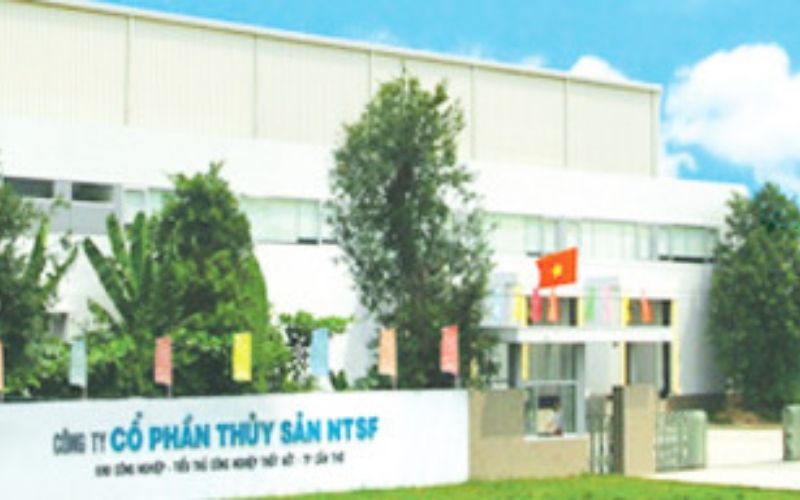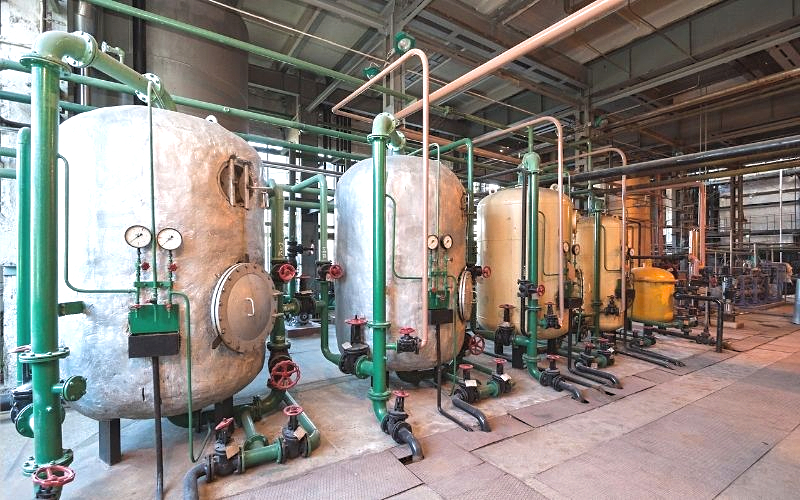Project
Nha Trang Seafood supplying water treatment system
Project explanation
Forming 2 filter lines operating in parallel in the sequence iron reduction – softening – fine filtration, each line has a processing capacity of 50m3/hour.
Iron removal filter: Water passes through the layer of material filter gravel water, sand filter material. can reduce heavy metals such as copper, zinc, chromium, nickel and radioactive substances… absorb about 90% of oil content, safe for use in water supply for frozen seafood production and processing. The good filtering ability of this device is applied to reduce the load and protect the filter matrix of the rear 5 – 10 micron filter elements.
Softening: The water after the iron removal filter goes through the water softener. Here the ions that make up the water hardness (Ca2+, Mg2+…) are removed from the water by the action of the resin particles. Through the process of ion exchange, the resin retains on the surface the ions that make the water hard, and at the same time releases Na+ ions. Resin beads will be reconstituted with NaCl salt solution after inert operation time.
Fine filtration: The water after being softened goes into a fine filter device with 5 – 10 micron filter elements made of polypropylene fibers with a large filter matrix. This device retains all residual and suspended particles in the water larger than 5 -10 microns in size. After the time of use, the filters are removed and reactivated with dilute HCl acid solution. The filtered water has reached the physicochemical criteria.
Disinfection: Using chlorine to disinfect water after going through the filtration process with a concentration of solution (0.1 – 1%). Control the chlorine residue of the treated water within the allowable range (0.5 – 1ppm). The water after the sterilization process meets the standard 98/83 EC both in terms of physical, chemical and microbiological criteria, and is eligible for water supply for the production process.
Project images
Customer testimonial
You need a wastewater treatment solution like this one?
Please contact us for a complete and in-depth consultation








